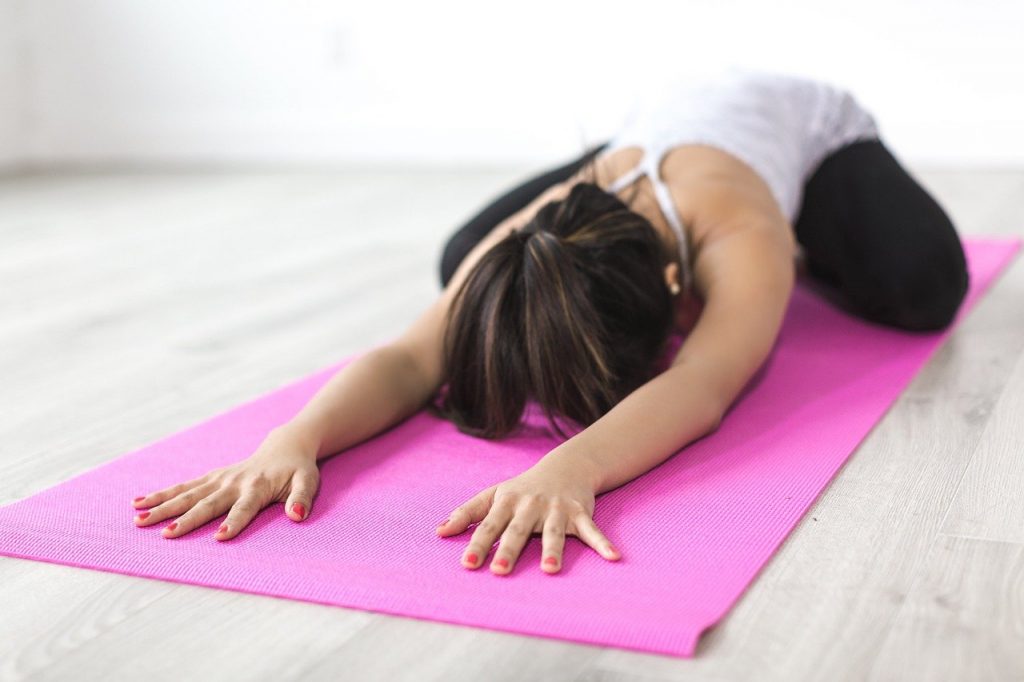Stretches to Avoid for Your Hip FlexorsStretches to Avoid for Your Hip Flexors

Hip flexor pain is often encountered in the hip or groin, and some movements, such as kicking, pivoting at high speeds, or raising the knee towards the chest, aggravate the condition. If you’re experiencing tightness in your hip flexors any time you go up the stairs or sit down, your initial reaction is to Google “hip flexor stretches” that could relieve you of the pain. However, there are stretches that, instead of alleviating the pain, may even aggravate your hip flexor pain. Read on to know what are the types of stretches you might want to avoid in easing your hip flexors.
While stretching and exercising may help alleviate hip flexor pain after the muscles have been extended and reinforced, there are those that are not recommended, particularly if you already have hip pain. While static stretches – exercises that do not include some form of dynamic movements – are fine to do, they are best performed and beneficial to the muscles after the body has warmed up, such as after a workout.
Consider a rubber band that has been stretched for a long time. It loses its elasticity when it is stretched, so when you let go, it won’t be as powerful or stable. This is the same with static stretching where it reduces muscle elasticity and stability. See this website for hip stretches https://www.freshfithealth.com/unlock-your-hip-flexors-review/.
Some of the stretches you might want to avoid while experiencing hip pain are:
Hurdler Stretch – You might recall this stretch from gym class in middle school, along with the resulting knee pain. It’s when one leg is spread out in front of you and the other is awkwardly bent behind you. According to expert, bending the non-stretched leg behind the body puts a lot of tension on the knee’s stabilizing structures, which is why the hurdler stretch isn’t as common.
Hip Flexor Stretch – This stretch is for loosening stiff hip flexors. Problem is, if your flexors are tight, you’ll most likely do the move incorrectly, arching your lower back and raising one hip, rendering the stretch ineffective. The truth is you’re not stretching the place you think you’re stretching and it’s probably tightening your hip flexors even more. The hip flexor stretch isn’t terrible or ineffective in and by itself but it’s the way it’s done that’s the issue. In short, most people do the stretch in an incorrect or misaligned way, resulting in increased instability in the front of the hip.
You should also skip activities that force you to raise your legs up towards your body, such as starfish crunches and mountain climbers. To relieve pressure, these shorten the hip flexors, which can be lengthened instead.
On the other hand, strengthening the glutes and core teaches all muscle groups to fire effectively, relieving stress on the hip flexors without completely destabilizing them. Fixing this common issue, though, is as easy as making a few minor adjustments to your hip flexor stretches. You’ll never make that mistake again until you’ve seen what it’s like to stretch your hip flexor properly.